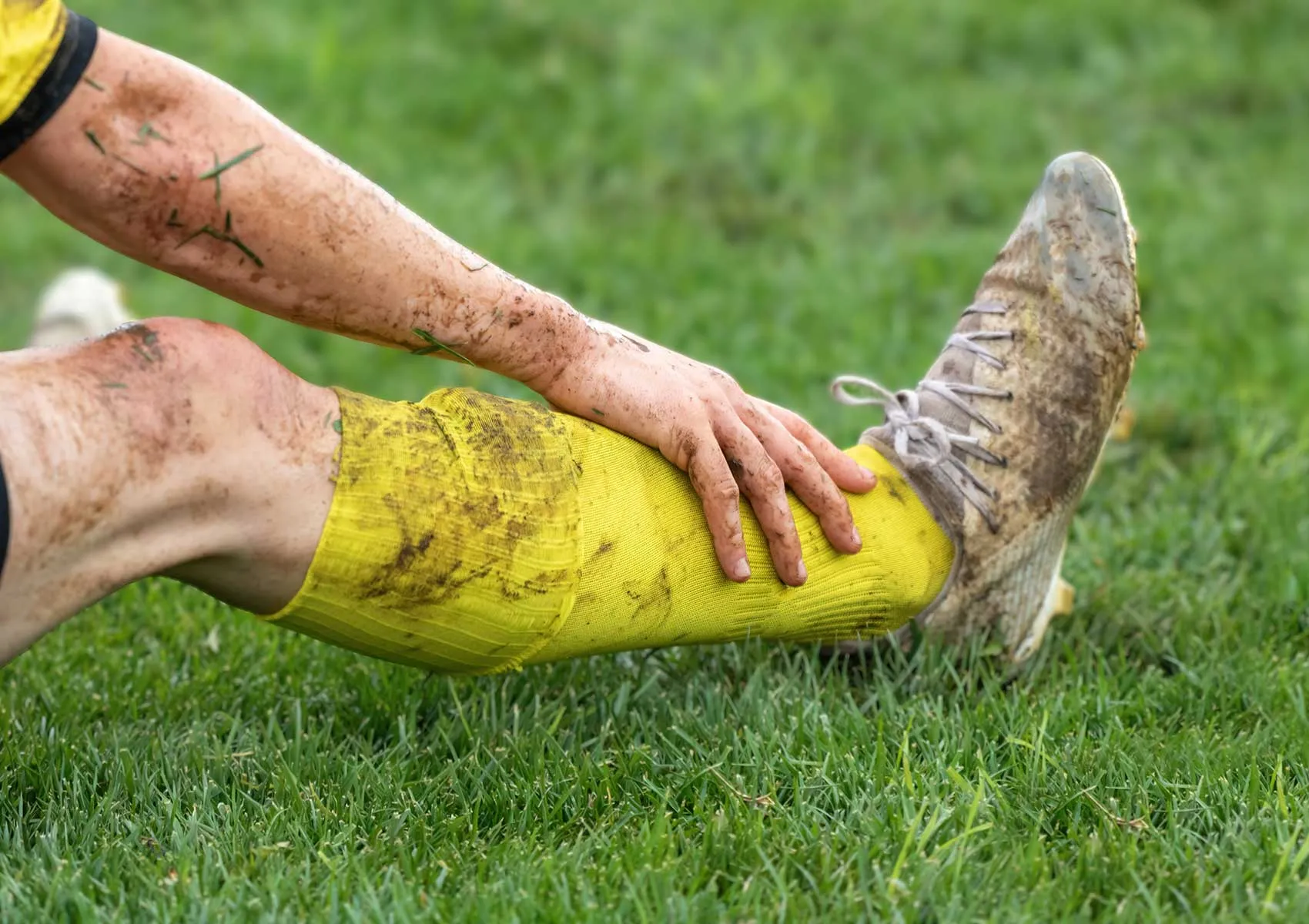Common Injuries Among Football Players
Discover the most common football injuries like ACL tears, muscle strains, and ankle sprains. Learn about causes, symptoms, treatment, and prevention strategies for athletes.
Football is a high-intensity sport involving sudden direction changes, rapid sprints, physical contact, and repetitive kicking motions. These dynamic actions make players prone to a wide range of injuries. While some injuries may only require short rest periods, others demand surgery and long-term rehabilitation. Understanding the most common injuries in football is crucial for both prevention and early intervention.
Biomechanical Demands of Football and Injury Risk
Football involves explosive movements such as jumping, twisting, tackling, and decelerating. This places a considerable load on joints, especially the knees, ankles, and hips. Additional factors like poor pitch conditions, inadequate footwear, insufficient conditioning, and high training volume further increase injury risk.
Most Common Football Injuries
1. Anterior Cruciate Ligament (ACL) Injuries
Among the most serious and frequent injuries, ACL tears usually occur due to:
- Sudden stops and changes in direction
- Non-contact twisting of the knee
- Direct trauma or falls
Symptoms include a popping sound, severe knee pain, swelling, and instability. Surgery is often required, followed by extensive rehabilitation.
2. Meniscus Tears
Meniscal injuries are common due to rotation on a fixed foot or direct contact. Symptoms include:
- Knee pain and swelling
- Clicking or locking sensation
- Limited range of motion
Arthroscopic surgery may be necessary depending on the severity and tear location.
3. Ankle Sprains
One of the most frequently observed injuries. Uneven turf or missteps during play often lead to lateral ligament sprains. While mild sprains may heal with rest and compression, severe ones may require physiotherapy or immobilization.
4. Muscle Strains
Common in the:
- Hamstrings (posterior thigh)
- Quadriceps (anterior thigh)
- Adductors (groin muscles)
These injuries occur due to overuse, lack of warm-up, or muscular imbalance. Symptoms include sudden pain, tightness, and difficulty moving the limb.
5. Hip and Groin Injuries
Repetitive kicking and direction changes can lead to chronic groin and hip issues, including:
- Athletic pubalgia
- Femoroacetabular impingement (FAI)
- Labral tears
These may require imaging and a multidisciplinary approach for diagnosis and treatment.
6. Achilles Tendonitis and Rupture
Overuse, fatigue, and poor biomechanics can stress the Achilles tendon. Tendonitis causes pain and swelling; rupture leads to sudden loss of plantar flexion and usually requires surgery.
7. Stress Fractures
Often seen in younger athletes or during intense competition periods. Common sites:
- Tibia
- Metatarsals
- Femur
Stress fractures result from repetitive microtrauma. Recovery involves rest and sometimes immobilization or reduced weight-bearing.
Risk Factors
- Inadequate warm-up
- Weak core and lower extremity muscles
- Poor balance and proprioception
- Improper footwear
- Training errors
- Previous injury history
Injury Prevention Strategies
While not all injuries can be prevented, their likelihood can be reduced through:
- Muscle strengthening and conditioning programs
- Proprioception and agility drills
- Proper warm-up and cool-down routines
- Wearing suitable cleats for pitch conditions
- Appropriate hydration and nutrition
- Adequate rest and sleep
- Pre-season screening and monitoring
Treatment Approaches
Treatment depends on injury type and severity:
- Minor sprains: RICE (Rest, Ice, Compression, Elevation)
- Muscle strains: physiotherapy, massage, stretching
- Ligament tears: surgical reconstruction or bracing
- Meniscal injuries: arthroscopy
- Hip issues: conservative therapy or hip arthroscopy
Injury Trends in Young Football Players
Due to active growth plates, young athletes may experience specific overuse injuries such as:
- Osgood-Schlatter disease
- Sever’s disease
- Apophysitis
These usually resolve with skeletal maturity but require early recognition and activity modification.
FAQ
-
What are the most common injuries in football?
ACL tears, meniscus injuries, ankle sprains, and muscle strains are most frequently observed.
-
How long is recovery after an ACL tear?
Typically 6–9 months post-surgery, depending on the athlete’s condition and rehab.
-
Can you play through Achilles tendinitis?
Early stages may allow light activity with care, but persistent symptoms require rest and treatment.
-
How do muscle strains heal?
Rest, physiotherapy, stretching, and gradual return to activity are key.
-
What helps prevent injuries in football?
Proper warm-ups, strength training, neuromuscular exercises, and good rest significantly reduce risk.

